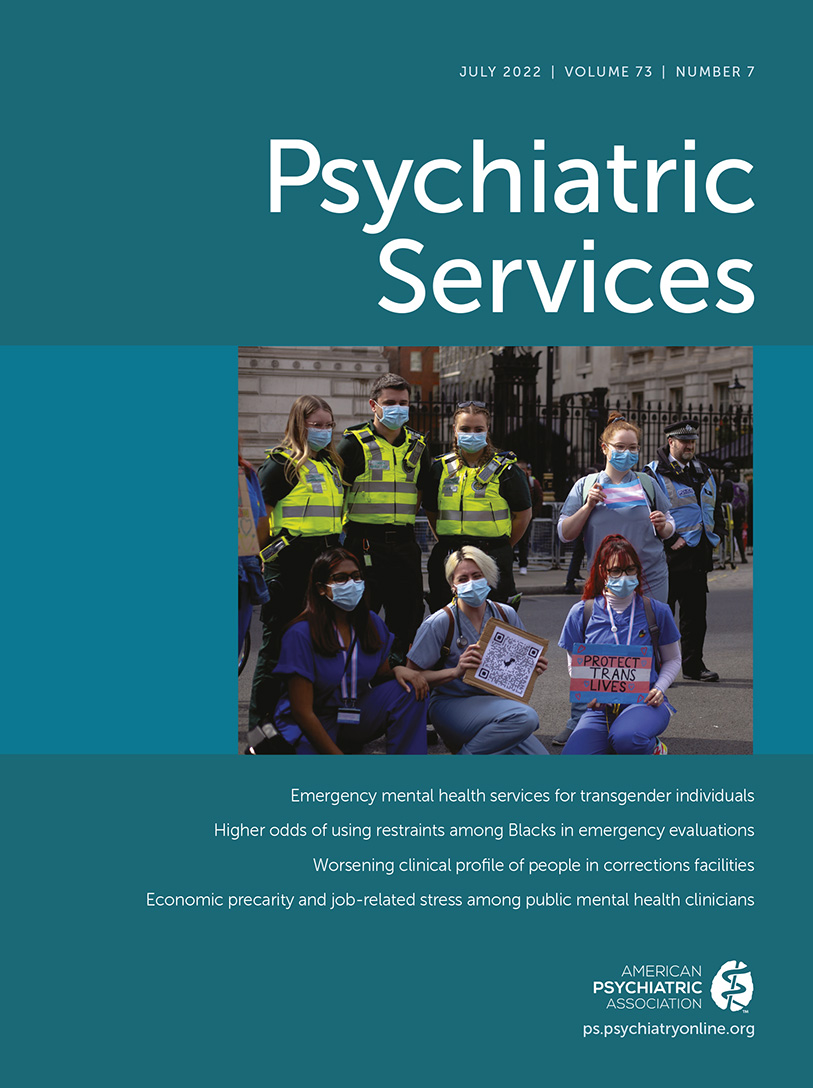Prevalence of Mental Health Needs, Substance Use, and Co-occurring Disorders Among People Admitted to Prison
Abstract
Objective:
People who are incarcerated experience social exclusion and have higher rates of mental and substance use disorders than the general population. Prisons are not suitable for treating mental illness, and understanding how the profile of prison populations changes provides essential information for correctional service planning. This study examined changes in the prevalence of mental and substance use disorders among people admitted to provincial prisons in British Columbia (BC), Canada.
Methods:
The study included all people admitted to any of the 10 provincial prisons in BC from 2009 through 2017 (N=47,117). Using the Jail Screening Assessment Tool, a validated intake screening tool designed for rapid identification of mental health needs, the authors calculated the period prevalence (by calendar year) of mental health needs, substance use disorders, and drug use.
Results:
The proportion of people with co-occurring mental health needs and substance use disorders increased markedly per year, from 15% in 2009 to 32% in 2017. Prevalence of methamphetamine use disorder increased nearly fivefold, from 6% to 29%, and heroin use disorder increased from 11% to 26%. The proportion of people with any mental health need and/or substance use disorder increased from 61% to 75%.
Conclusion:
The clinical profile of people admitted to BC prisons has changed, with dramatic increases in the proportion of people with co-occurring disorders and reported methamphetamine use. More treatment and efforts to address social and structural inequities for people with complex clinical profiles are required in the community to reduce incarceration among people with multifaceted and complex mental health care needs.



